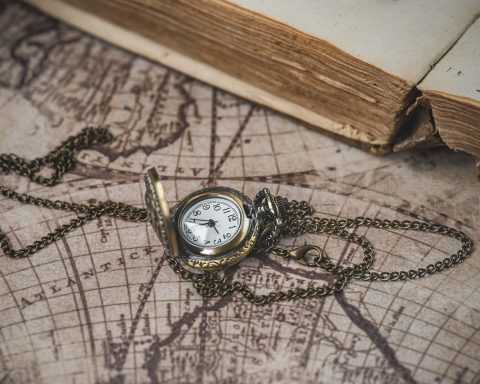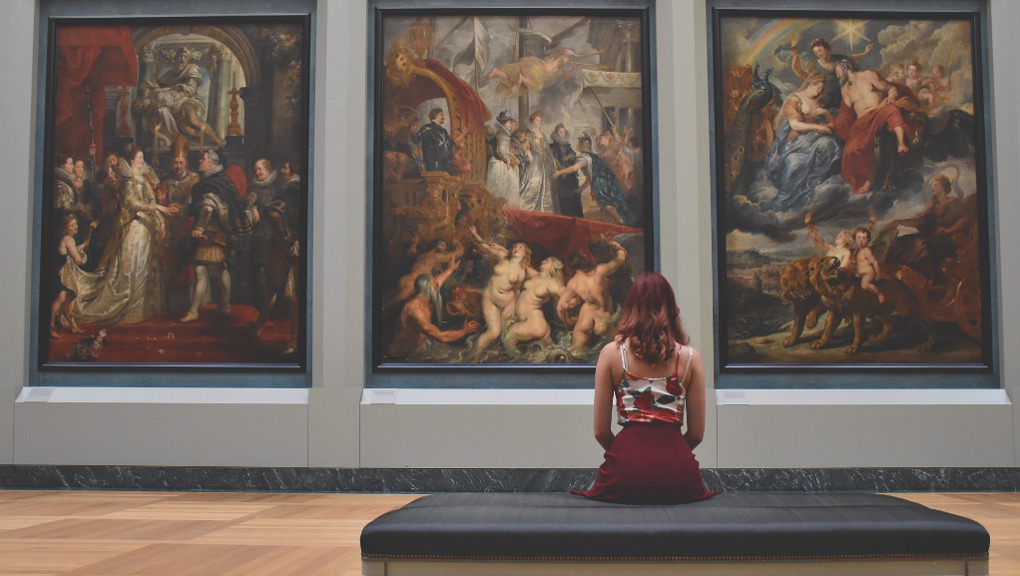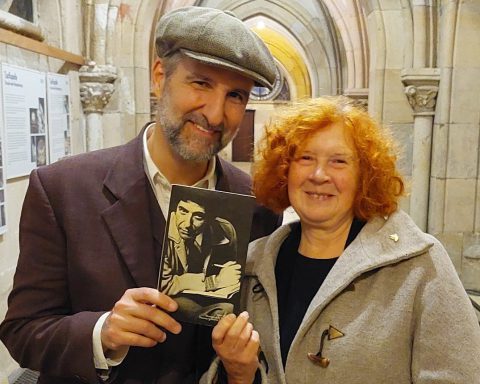From highways to historic walks and sex shops, I’ve been writing a lot about the US recently. It’s like I’m finally discovering the country, as a tourist, now that I’m living far away. Today’s topic touches on how someone iconic for US culture, Andy Warhol, spent much of his time observing and helping construct “America.” He glorified, spread and subverted its brands and symbols and celebrity cult.
But for all that his art accomplished, this is mostly about this one book I found.
“It’s a beautiful word, and everybody knows it means us,” Warhol wrote in his aptly named book America. He was unapologetic to the other countries in the continent.

In America, Warhol sounds both overly US-centric and pointedly critical of his society. He’s both overly star-struck and refreshingly irreverent. His art also has lots of paradoxes: “The same artist that silkscreened glitzy celebrity portraits also expressed his forebodings about violence and death in… gut-wrenching works [like] stark, haunting images from mass media reproductions of 1960s car crashes [and] suicides. Later, the artist satirized America’s materialism – which he both loved and hated – with the ‘dollar sign’ series, and depicted the nation’s violence – which he simply hated – with the ‘Guns, Knives, Crosses and Dollar Sign’ series. Warhol cleverly hid his cynicism behind his dissolute persona and celebrity friendships,” says The Washington Times.
So America mirrors his art. And his art mirrors America.
I spotted Warhol’s book in the gift shop of the museum fully dedicated to him, in his native Pittsburgh. I entered the shop because I felt I just had to have a souvenir from him.

This is not something that usually happens to me. I wasn’t even a fan to begin with. But the Andy Warhol Museum has several floors, each about a period in his life. There’s a slew of personal portraits and objects of his, besides major works of Pop Art. The visitor can somehow feel close to him, though not much of his personal life is directly revealed. I’d already gone in happy: After 5 pm on Fridays, students pay only $5 to get in.
I was in luck.
There it was, the book, a parting gift… staring me right in the face with its (of course) stylish, and highly symbolic, cover of black and silver. I opened it and started leafing through it. Surprisingly to me, I could immediately relate to what I was reading in those particular pages. I’d imagined that, after having achieved so much fame, Warhol would’ve sounded much less perceptive and much more aloof. For much of the book, he comes across as down-to-earth and even self-deprecating. Or did he have a ghost writer? If that’s the case, I don’t wanna know.

America’s back cover affirms that “Andy Warhol carried a camera with him everywhere he went, and America, a masterful mélange of text and image whose photographs were selected by Warhol from ten years of his own extraordinary shots, echoes the strange beauty and the staggering contradictions of the country itself.”
The pictures were indeed fascinating – and disturbing at times. It’s like Warhol put them there for posterity, to remind readers of the peculiar times he lived in, and also of the fleeting nature of fame and beauty. Most of the celebrities in the book, whose personal moments he had incredible access to, are now either dead or past their prime.
This book is three decades old, but I find it extremely relevant for today’s US society – and others experiencing some of the same phenomena. And a lot of it could actually apply to any human being. Here are some of my favorite insights from it…
Warhol wisdom
1. “Your own life while it’s happening to you never has any atmosphere until it’s a memory.”
Much of what we construct in our heads about reality comes from what we read, watch and hear second-hand. There’s always a lens. Our first-hand experience only really gains context when subjected to layers of imagination, be it the media or nostalgia or regret.
2. “The media can turn anyone into a half-person, and it can make anyone think that they should try to become a half-person as well.”
We only get to see the “half” of the person public figures want to show us – unless a tragedy happens and we find out about the troubles they’ve been “secretly” struggling with. The danger with being steeped in the media make-believe is that we always expect our lives to be different, the way the shows and movies and magazines picture it. We believe that if we were only a little wealthier and more famous, our lives would become better. We believe we can find the perfect movie-style romance, and it never comes. It doesn’t come for the celebrities, either, in real life. Tragic.
3. “We put a price tag on intelligence and talent, which really shouldn’t have any.”
With everything being commodified, it’s hard to be freely creative. Artists without business acumen tend to fall by the wayside. Thankfully for Warhol, he was a shrewd businessman with his art.
4. “So many people have such great bodies today that the sort of lumpy, sit-around-the-house flab that used to be normal now looks really bad.”
I often feel like this when I’m walking around in the summer… anywhere…
5. “The moment you label something you take a step – I mean, you can never go back again to seeing it unlabeled.”
Warhol played on this very much when engaging with well-known brands in his artwork. You can’t go back to seeing it unlabeled, but you can make different associations regarding the label when you see it in a different context.
6. “I guess it’s part of every country that if you’re proud of where you live and think it’s special, then you want to be special for living there, and you want to prove you’re special by comparing yourself with other people.”
This is perhaps particularly true right now for some groups of people all over the world. And it’s worked into a frenzy at Election Time. But Warhol didn’t think there was a way to measure “more American” and “less American” in a country made up of immigrants. He thought that people should just give each other the freedom to live whatever their version of America happens to be, whatever their preferences and opinions.
7. “We’re feeding places that could be feeding themselves if they weren’t putting all their effort into making little pieces of junk.”
Division of labor and dependency among the countries of the world are indeed a bitch, Andy.
America was published in 1985. Warhol died just two years later, at age 58.
“I’d like my own tombstone to be blank. No epitaph, and no name. Well, actually, I’d like it to say ‘figment.’” – Andy Warhol, America
You can find the book on Amazon.








![Wine & Paint event on 9 Nov. 2024 at Felix Restaurant, Leipzig. Photo: Florian Reime (@reime.visuals] / Wine & Paint Leipzig](https://leipglo.com/wp-content/uploads/2024/12/pixelcut-export-e1733056018933-480x384.jpeg)

